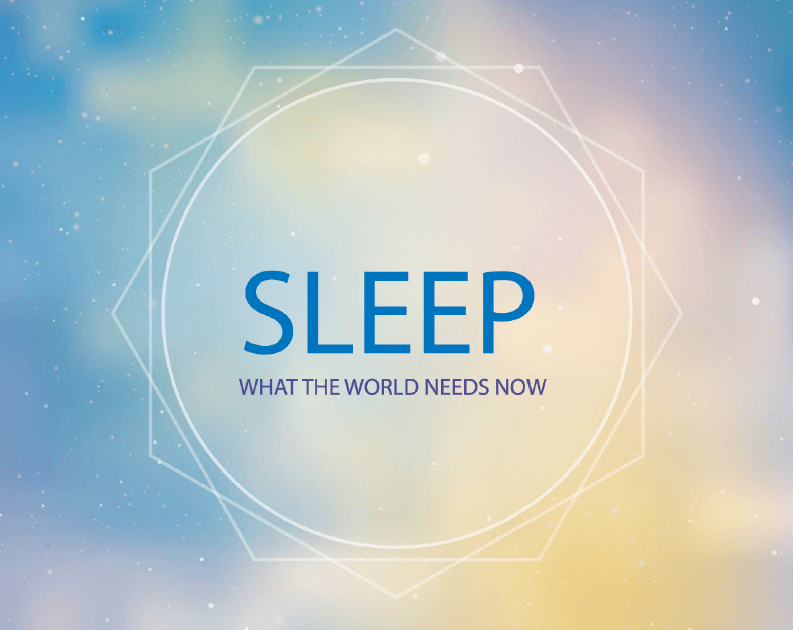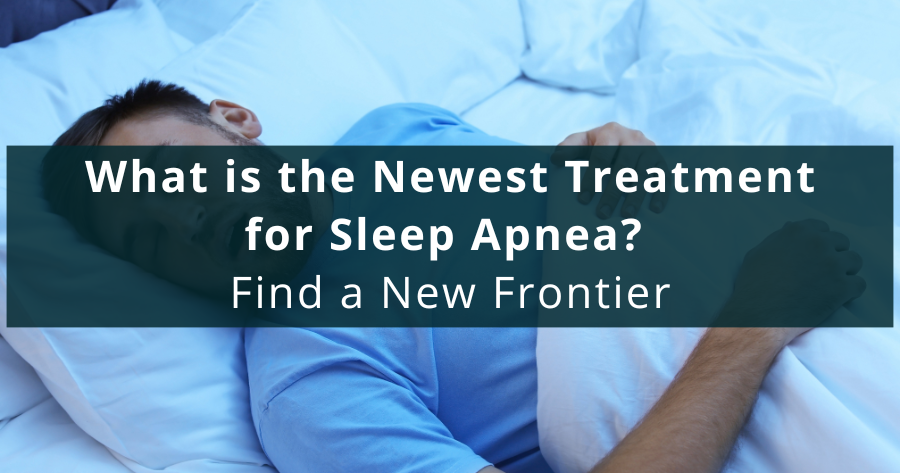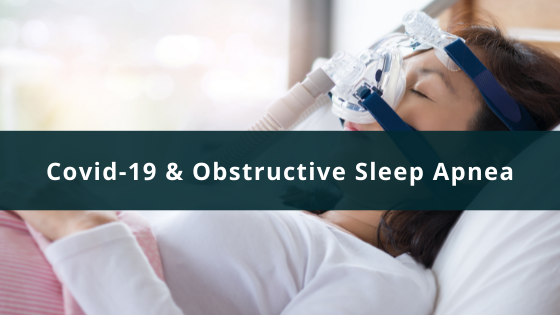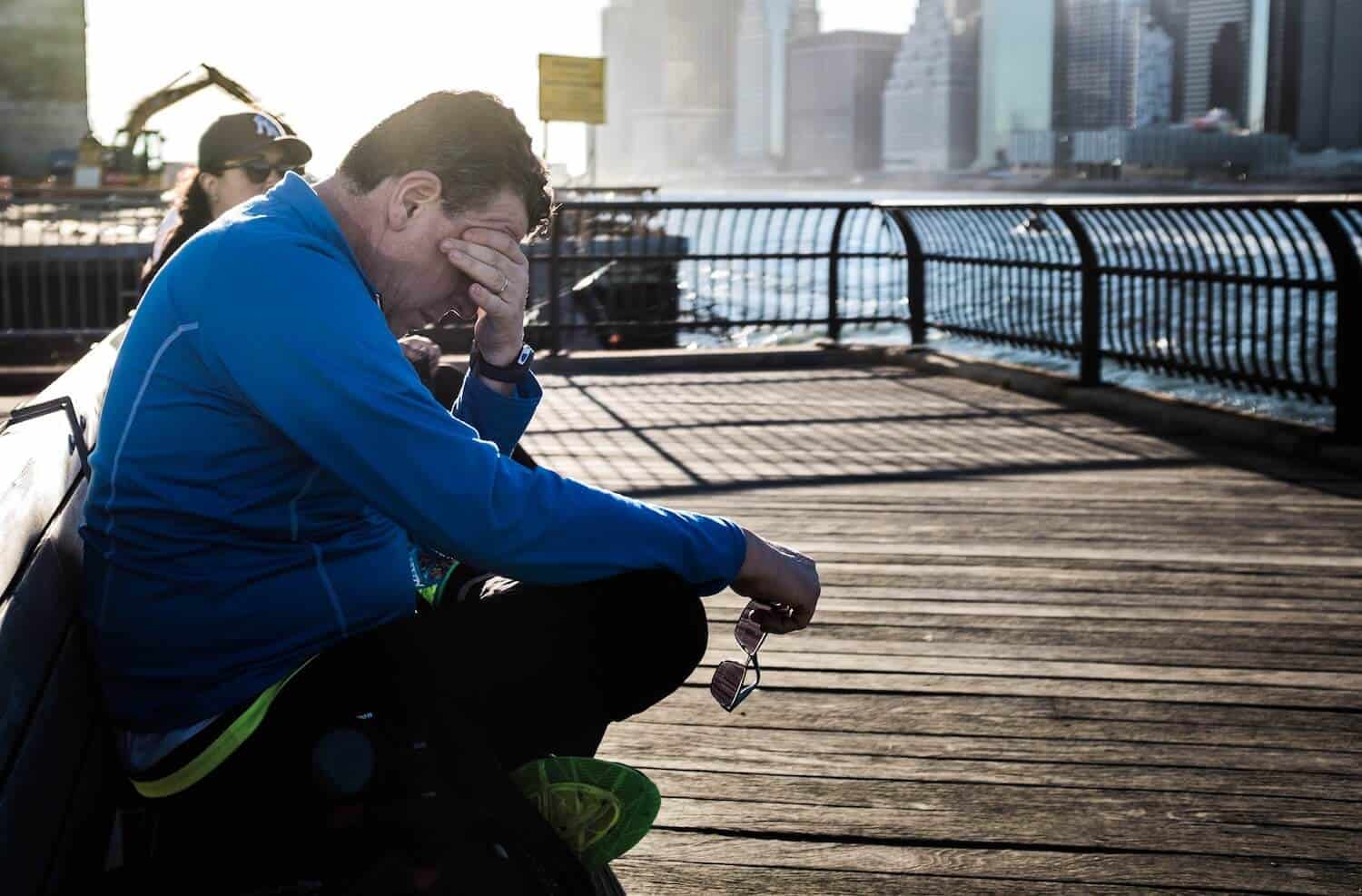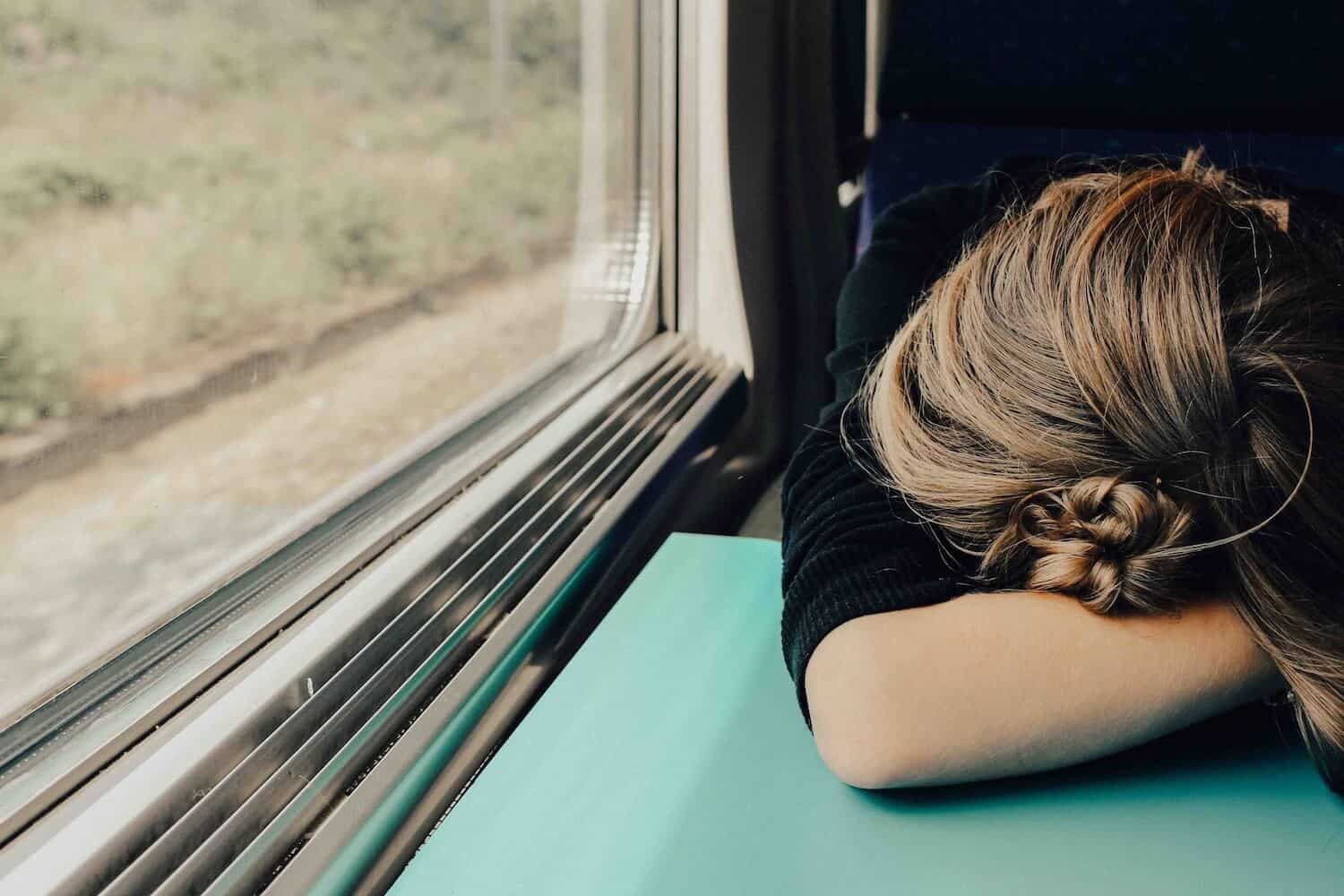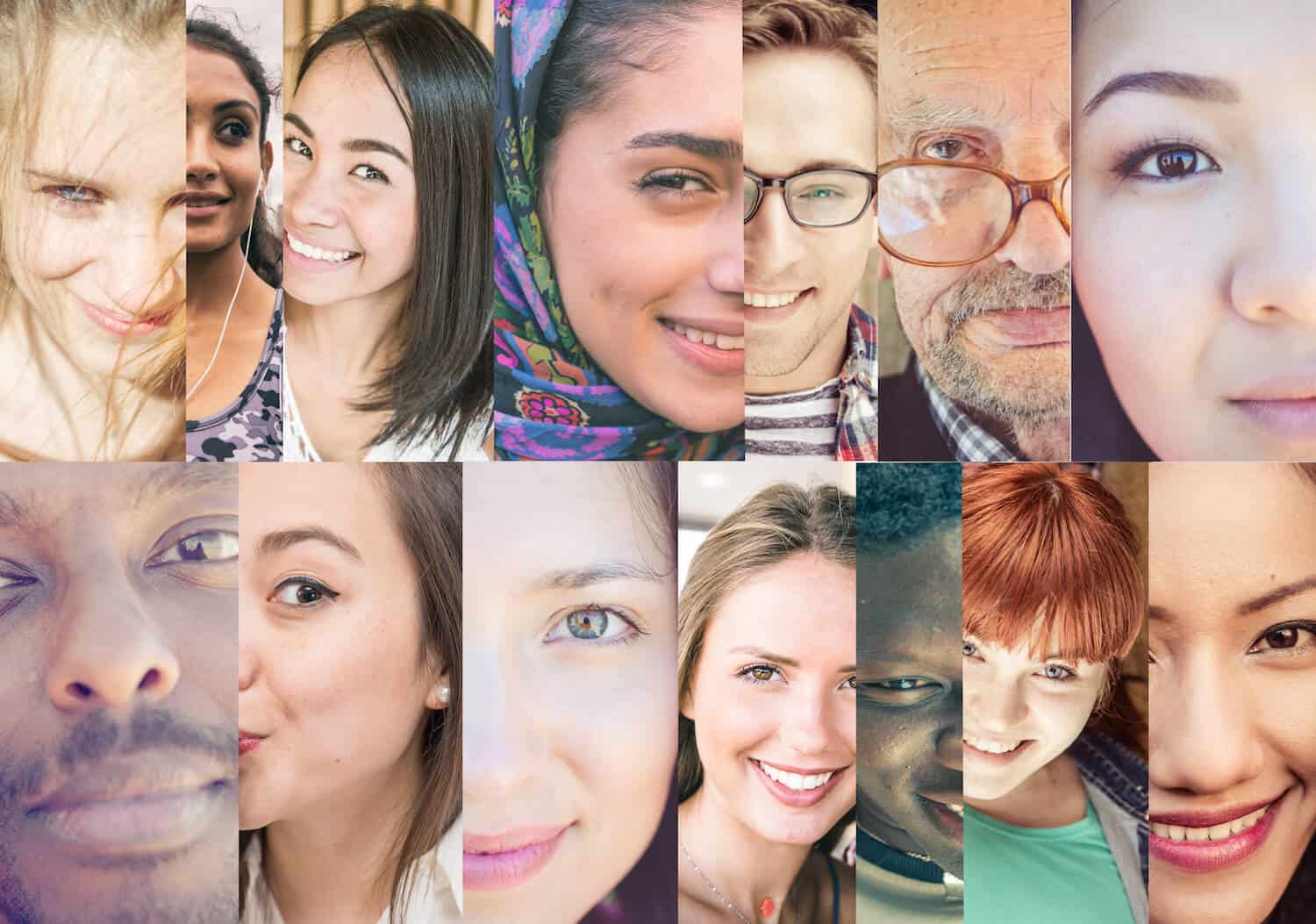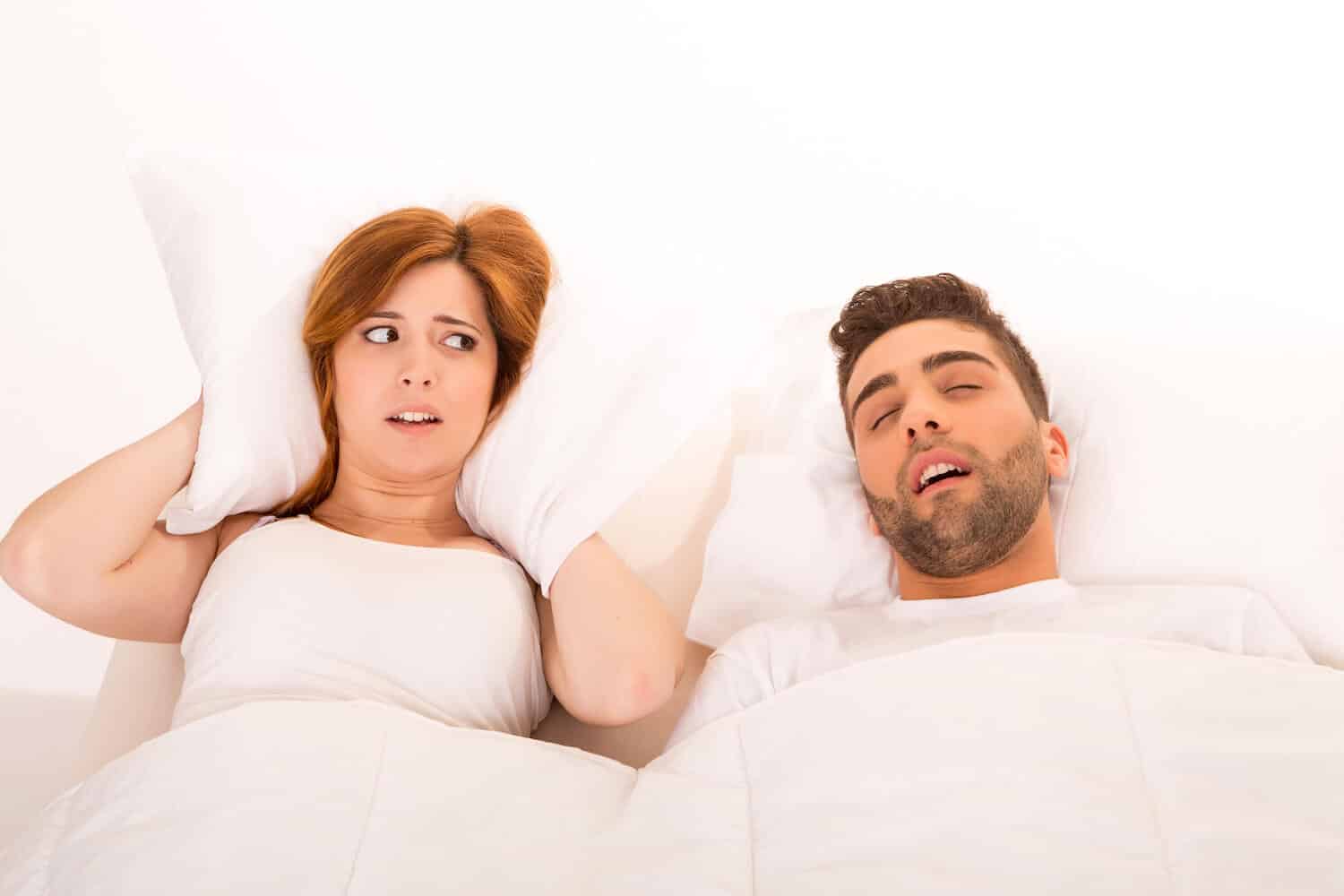How does Sleep Deprivation affect society?
I was recently featured in a report focused on sleep deprivation in the general population and I thought is was very good so I wanted to share. My section is titled “Why Diagnosis is Imperative Now”. Please feel free to ask questions. Enjoy! –Dr. Pugliese
Brace yourself; the results are in!
The ten animals on the planet that sleep the most are: koala bears, cats, hamsters, armadillos, possums, squirrels…. Starting to catch on? Human beings didn’t make the coveted list. Will they ever? Given their collective sleep debt nation to nation and the mounting dangers of poor shuteye, all stats on the matter point to the urgent need for human beings to at least come in close to cats at #10 on the list with their requirement of 10 to 12 hours of dreamtime. In a series of studies by Germany-based GfK, an innovative market research group that focuses on data science with an international survey base, the magnitude of the problem appears to stack up without end. In 17 reports ranging from the “top causes of stress” and “major causes of health complaints,” to “fitness and eating habits” and “satisfaction with their amount of leisure time,” the majority of the more than 20,000 people surveyed from at least 23 countries cite sleep deprivation as their biggest challenge, downfall or concern.
The science of sleep and the contributor of sleep to our overall wellbeing are indisputable. However, the obsessive inclination to do more with less rest is harming (and sometimes killing) a disturbing portion of the world population no matter what signals that 24-hour workplaces, fitness centers, media outlets, shopping centers, nightclubs and personal gadgets send us.
Carolyn Campo, a seasoned expert on sleep medicine practices and Breathewear customer, reports that there are more than 80 sleep disorders that people may be experiencing at any given time—many are undiagnosed and untreated.
“Most people in the United States are undiagnosed, about 17 million people, more than those diagnosed with asthma: 2 percent for women, 4 percent for men,” Campo explains. “When women hit their early forties, that percentage goes to 4. When I see the statistics, while they are true, the next step is why. Look at a veteran population and they are overwhelmingly male. In the incidents and prevalence of a disorder, you will see men outweighing women until women enter menopause. …People don’t want to know. They don’t want that ‘machine.’ They are deathly afraid of CPAP machines.”
Campo is referring to continuous positive airway pressure (CPAP), a breathing therapy that treats obstructive sleep apnea (OSA), which occurs when your throat muscles intermittently relax and block your airway during sleep. Obstructive sleep apnea treatment may involve using a device to keep your airway open during sleep. Since 2011, BreatheWear has offered such devices.
When no devices or other remedies are implemented by the sleep-deprived, how massive is the toll? For a glimpse, consider recent information coming from another part of the world in the first ever pan-African and Asian analysis of sleep problems. Examining an increase in depression and anxiety, a study led by Warwick Medical School in the UK concluded that 150 million people in the developing world are suffering from psychological issues, physical health decline and a dimmer quality of life because they are not getting proper sleep. The research team surveyed approximately 40,000 people, aged 50 and over, from eight locations in rural populations in Ghana, Tanzania, South Africa, India, Bangladesh, Vietnam and Indonesia, and an urban area in Kenya. As further testimony spelling out the concern by medical outfits in diverse nations, the study, “Sleep Problems: an Emerging Global Epidemic? Findings from the INDEPTH WHO-SAGE study among over 40,000 older adults from eight countries across Africa and Asia,” was supported by the World Health Organisation and funded by the National Institute on Aging of the National Institutes of Health (USA) and by the Wellcome Trust (UK).
Now that you are aware that the sleep deprivation map lights up in virtually every corner of the globe, how did we get here? What can we do to take better care before restlessness causes more of us never wake up again? For these answers, we ask the experts.
Why Diagnosis is Imperative Now
Andrew Pugliese, MD, a 3x Board Certified physician in Infectious Disease, Internal Medicine, and Sleep Medicine, helps sleep-deprived people every day. As both president of Sinus Solutions, LLC and an infectious disease physician in Atlanta, Ga. for Infectious Disease Consultants, he has seen the number that sleep deprivation has done on countless patients (and unfortunately, we’re not referring to Sleep Number®). Many of their conditions are severe before proper diagnosis and treatment.
“Sleep has become less important because there is just too much information out there that ‘needs’ to be processed and we don’t allow our brains the proper amount of time to shut off before we want to sleep,” Pugliese says. “You can’t be expected to have your laptop in front of you with your iPad® to the side answering texts on your iPhone® with the TV on while in bed and expect to shut everything down and fall fast asleep. The brain is way too overstimulated, with too many lights and thoughts. So what happens after a half hour or so, you turn on the TV until you fall asleep from exhaustion an hour or two later. Then you don’t go through your normal progression of a sleep cycle with an adequate amount of REM sleep. You wake up groggy and drag yourself through the day.”
Dr. Pugliese developed an interest in sleep medicine back in 1990 when he and his peers began seeing patients with what was then called the “yuppy flu.” The population? Highly motivated individuals who were accustomed to working from 5:00 a.m. to 9:00 p.m. seven days a week and loved the hours. Suddenly after a cold or the flu, they just could not get back on track several weeks after the illness. The only thing that was found on blood tests were antibodies showing a previous exposure to the Epstein-Barr virus leading to the development of Chronic Epstein-Barr Syndrome, later to become known as Chronic Fatigue Syndrome. Because of the Epstein-Barr connection, infectious disease investigators were consulted to diagnose and treat these patients. Pugliese realized that a common denominator in these cases was poor sleep. Since, he came to realize that there is a strong association between chronic disease, both infectious and non-infectious, and poor sleep. To make a difference, he then became board certified in the field.
Pugliese adds: “Sleep disorders are not the first thing that comes to mind for most general practitioners because there is not, in my opinion, enough education out there for the clinician to consider that there may be a sleep disorder to be considered. Also, there is a tremendous amount of preconception when it comes to sleep disorders. In the ‘Sleeping Beauty’ case, who would have suspected obstructive sleep apnea, OSA, in an 18-year-old ballerina? ‘OSA is for old, fat guys only’, or so is the general impression of most clinicians. In general, this is true, but grossly enlarged tonsils can also cause OSA and this is not generally taught in medical school or residencies. If it is, it’s not emphasized enough. It is the same with narcolepsy. ‘Hollywood’s’ version of narcolepsy is the person you’re talking to just falls asleep. Nothing could be further from the truth.” In addition to the symptoms of fatigue and sleepiness in cases such as narcolepsy or hypersomnia (excessive daytime sleepiness) often being misdiagnosed as depression, Pugliese explains, testing for any sleep disorder, including OSA, is grossly underperformed.
“Right now, I have three young women in my practice, all diagnosed within the last six months with hypersomnia. Unfortunately, when you can only spend five minutes with a patient, depression will come to mind much quicker than some sort of a sleep disorder.”
This information that Pugliese offers is not to be taken lightly, given that untreated sleep disorders have been linked to hypertension, heart disease, stroke, depression, diabetes and other chronic diseases, according to the National Institutes of Health. Serving OSA patients, in particular, BreatheWear would be remiss if we didn’t offer a crash course on its specific known impact.
Please consider these health risks and get tested today if you think you may be suffering from obstructive sleep apnea:
- Hormonal abnormalities, including insulin resistance, leptin resistance and increases in ghrelin; leptin is important in the production of lean muscle mass and ghrelin promotes appetite stimulation, especially for foods that are sugary and This is why for many patients with OSA, they find it impossible to lose weight even if they diet and exercise.
- Greater risk of cancer; OSA creates low oxygen levels in the To compensate, new blood vessels are formed and allow for the promotion of more cancer cells.
- Chronic sinusitis (CRS); if you have severe CRS it will worsen your sleep Severe sleep apnea can worsen your CRS by exacerbating any underlying reflux or gastroesophageal reflux disease (GERD).
- Obesity; fat deposits around the upper airway may obstruct
- Family history of OSA
- Smoking
- Excessive drinking
Product Spotlight: A Soft but Tough Solution
Multiple treatments for obstructive sleep apnea are available! One increasingly popular product might just be a little angelic, too. BreatheWear’s Halo® Chin Strap is a reusable accessory worn by a sleep apnea patient to keep the mouth closed during sleep. The Halo® Chin Strap is a chin support of unique design for comfort and stability. The chin support is made of a breathable, flexible fabric with two adjustable ends to accommodate a wide range of head sizes.
Carolyn Campo is a long-time customer, so we simply asked the reputable sleep medicine expert for an honest report of her results: “Halo® is the best on the market for a couple of reasons: I never used chinstraps until six months ago. With age, things happen! I have been compliant with my therapy since 2003 and on CPAP. I developed the need to have a chinstrap because I was having the flapping and escaping, more sound emanating from my face and it kept my bed partner awake. It keeps the teeth, jaw in place, and the air does not escape through my lips. This product does that very well without facial marks and undue pressure. Also, it is adjustable for each person to put it on the way they need it done and it is available in both longer-lasting and disposable models, which is huge. It’s breathable. I have not developed any skin rashes. Some products have materials that would cause pimples or heat rash. I really like this product. I have used this as a training aid. Instead of putting some people on a full facial mask, I will use the chinstrap for particularly for women. You can put on a nasal mask, which is much easier and tolerable than using the full facial mask. It helps people have long-term success.”
Finally, given the demand for sleep aids such as the Halo® Chin Strap, be sure the one you purchase is branded by BreatheWear, which is the only way to guarantee the product quality and benefits we describe.
To find out more about BreatheWear and create a customer login for expedient ordering and tracking of the Halo® Chin Strap and other products, visit www.breathewear.com.
With the mission of bringing restful sleep to the world, BreatheWear was established in 2011 by sports professionals to offer clinically tested and approved products designed to assist in managing sleep apnea and other sleep-related disorders. BreatheWear is dedicated to serving the needs of customers while continually partnering with sleep technicians and physicians to ensure maximum sleep therapy compliance and superlative results. Featuring headgear, chinstraps, and accessories that are manufactured in the United States and available for same-day shipping, BreatheWear is the innovator in sleep-promoting products that are consistently acclaimed for ease of use, comfort, and durability.
Ten Things Every Sleeper Should Know
By Carolyn Campo, Principal, Carolyn Campo Consulting
For more years than I care to discuss, my work with patients and physicians has revolved around sleep and helping many individuals with insomnia as well as mechanical or physiological sleep conditions. Over and over, folks have exclaimed, “I didn’t know that!” once I offered information or consultation on a subject matter that affects every breathing being on the planet. So, here is a summary.
First, there are several definitions of sleep with no one absolute definition. Merriam-Webster states: A natural, regularly recurring condition of rest for the body and mind, during which the eyes are usually closed and there is little or no conscious thought or voluntary movement, but there is intermittent dreaming. A more medical definition is: “Sleep is the intermediate state between wakefulness and death; wakefulness being regarded as the active state of all the animal and intellectual functions, and death as that of their total suspension.”
For you the sleeper, it really doesn’t matter; you just know one of three things:
- I don’t get enough of
- I sleep too
- My sleep is
Read on, friends!
- Until the 1950s, sleep was considered a passive state of being but we now know that the brain is active during sleep—sometimes more active than when we’re awake! Humans are diurnal, meaning sleep onset should be around sundown with a rising time around
- Approximately one-third of our lives are spent asleep if we’re in the normal range of functioning. Sleep is now viewed as a period of slow, synchronized, resting neural activity with complete “cycles” of sleep occurring every 90-120 Each cycle consists of several types of non-rapid eye movement (non-REM) compared to rapid eye movement (REM) sleep.
- There are really three “mechanisms” that regulate our sleep and sleep needs. You’ve probably heard of the circadian cycle or rhythm (the 24-hour clock of our world; day versus night; light compared to dark), but you probably haven’t heard as much or any about the ultradium rhythm, or homeostasis. Ultradium refers to how much of our sleep is REM sleep versus non-REM Simply put, three-fourths of our time asleep would be in non-REM sleep with the remaining 25 percent in REM.
REM sleep is critical to the survival of the human body. After a few days of total sleep deprivation, REM activity will intrude on a person “awake.” And a remarkable thing about REM is that at the beginning of the sleep cycle, the REM period is short (about five minutes). But as the body stays asleep longer, the REM cycles become much longer—so much so that the largest amount of that 25 percent occurs between 4:00 a.m. and 6:00 a.m. Ergo, if you are depriving your body of sleep during this time, you are depriving it of REM sleep. Homeostasis basically means the balance of the internal body. Similar to the fact that your blood needs to be in a certain range of pH to keep your body alive, we actually need a range of sleep versus awake time to keep our bodies and minds healthy. The rule of thumb is that for every two hours you are awake, your body needs an hour of sleep. Failure to give it what it needs in terms of sleep length will result in deprivation or “sleep debt.” Sleep debt can be erased with little harm if it is quickly paid back; within a week’s time is the consensus. However, if that debt is not paid back in a timely fashion, the consequences are permanent.
- What consequences? The evidence is in (and some of this evidence is overwhelming). The scope is too much to fully cover in this space; however, the short list is: cardiac dysfunction of many varieties, type 2 diabetes, stroke and cognition in adults; behavioral, growth and cognition in
- It’s normal to “wake up” during, As a matter of fact, normal means upwards of five times an hour! What is occurring is that our brains simply go right back to sleep before we even know we’re awake. A person’s brain must be awake and the frequency of brain activity must be above 18 hertz for greater than two minutes in order for the person to remember the next day that they were awakened. This explains how one can get up in the middle of the night, walk to the bathroom, do what’s needed, return to bed and sleep without remembering it the next morning. However, if the same person does the same thing but steps on a nail returning to bed, they will definitely have increased brain activity for greater than two minutes and will be sharing that story the next day for sure!
People who have sleep-disordered breathing (apneas) often will not believe they are waking up so frequently during the night. They are so sleep deprived that their bodies simply fall right back to sleep once the airway is back open and they can again breathe.
- Insomnia is normal. Almost everyone will encounter insomnia at some point in life. Insomnia occurring during the night is only slightly different from sleep-onset insomnia or having difficulty getting to The commonality is that there is a running monologue in the brain telling you “this is not normal.” That audio track is wrong. Sometimes simply acknowledging that “I am having insomnia tonight” and “eventually, I’ll sleep” and “nobody ever died from this” lends one to fall right back asleep. It works for me and many others. If your insomnia is long-term (greater than three months), connect with a provider of cognitive behavioral therapy for insomnia (CBT-I) or go to www.SHUTi.me.
- Stop watching the alarm clock! Referring back to item 5, if you are doing “math” (OMG, I only have four hours left before I have to get up) in your brain when you look at the clock, you are keeping your brain in awake activity. If you must have an alarm clock by your bed to wake you, try one of the following, which works wonders:
a. Turn clock around after you set it so you can’t see the
b. Cover the time display with ac. Place alarm clock under the When it goes off, you’ll have the added benefit of having to get out of bed to turn it off!
- Kids require a ton more sleep than most of them are getting. This is no joke and my personal feeling is that parents who are not providing their children with a fixed bedtime are abusing them. Children need slow wave sleep (a variety of non-REM sleep) in order for human growth hormone to be released. Slow wave sleep occurs upward of 50 percent of the night in children up to eight years old. Children who are sleepy become hyperactive. There is more than enough data out there to show a strong relationship between ADHD and sleep deprivation.
Another thing about kids…snoring is not normal in children. If your child or grandchild snores, take them to a pediatrician or ear, nose, throat physician. (And look at these figures.)
- Adolescents do need more sleep and it is normal that their bodies want them to stay up later and sleep in This does not switch back to normal until their mid-twenties in some cases! Unfortunately for many of us, schools do not start later. The scariest part is those adolescents who are driving sleep deprived (which is just as dangerous as driving drunk)!
Let’s look at Johnny, who is on the football team. He’s 16. His body really does not want to sleep until around 1:00 a.m. so he plays with his video games and texts his friends until say 1:30 am. Mom drags him out of bed at 6:30, five hours later, to get to school by the 7:10 bell. He is only partially aware of the first three periods of the school day (thank goodness that’s not when he has math or science; that would affect his ability to play sports). He gets through the rest of the school day with a “second wind” and then has football practice right after school. He grabs a bite to eat before he has to go to his job at the hardware store for four hours. He gets home around 9:00 p.m., does a bit of homework and then needs to “unwind” a bit. Next thing, it’s 1:30 am again.
Johnny is being deprived of about four hours of critically needed sleep five days a week. In total, that’s 20 hours! No wonder he can sleep all day on Saturday and Sunday.
- If you can’t turn off the TV before you get ready for bed, at least turn off all the lights in the Melatonin, the naturally occurring sleep hormone, increases in the body when the body is in a low-light environment. You’ll save money on the power bill and get better sleep. Stop it with handheld portable devices and computers at least 30 minutes before you crawl in bed.
Finally, yes, you can have sleep apnea and not know you’re waking up 50 times an hour!
With more than 20 years of experience in sleep medicine practices across the spectrum of care from the acute setting to the specialty clinic via the laboratory and executive suite, Carolyn Campo offers broad expertise in the field. For more information, visit Carolyn Campo Consulting at http://www.carolyncampoc3.com.

